Reduce dangerous glare and eye strain—and look good while doing it—with the best polarized sunglasses.
Our editors and experts handpick every product we feature. We may earn a commission from your purchases.Learn more.
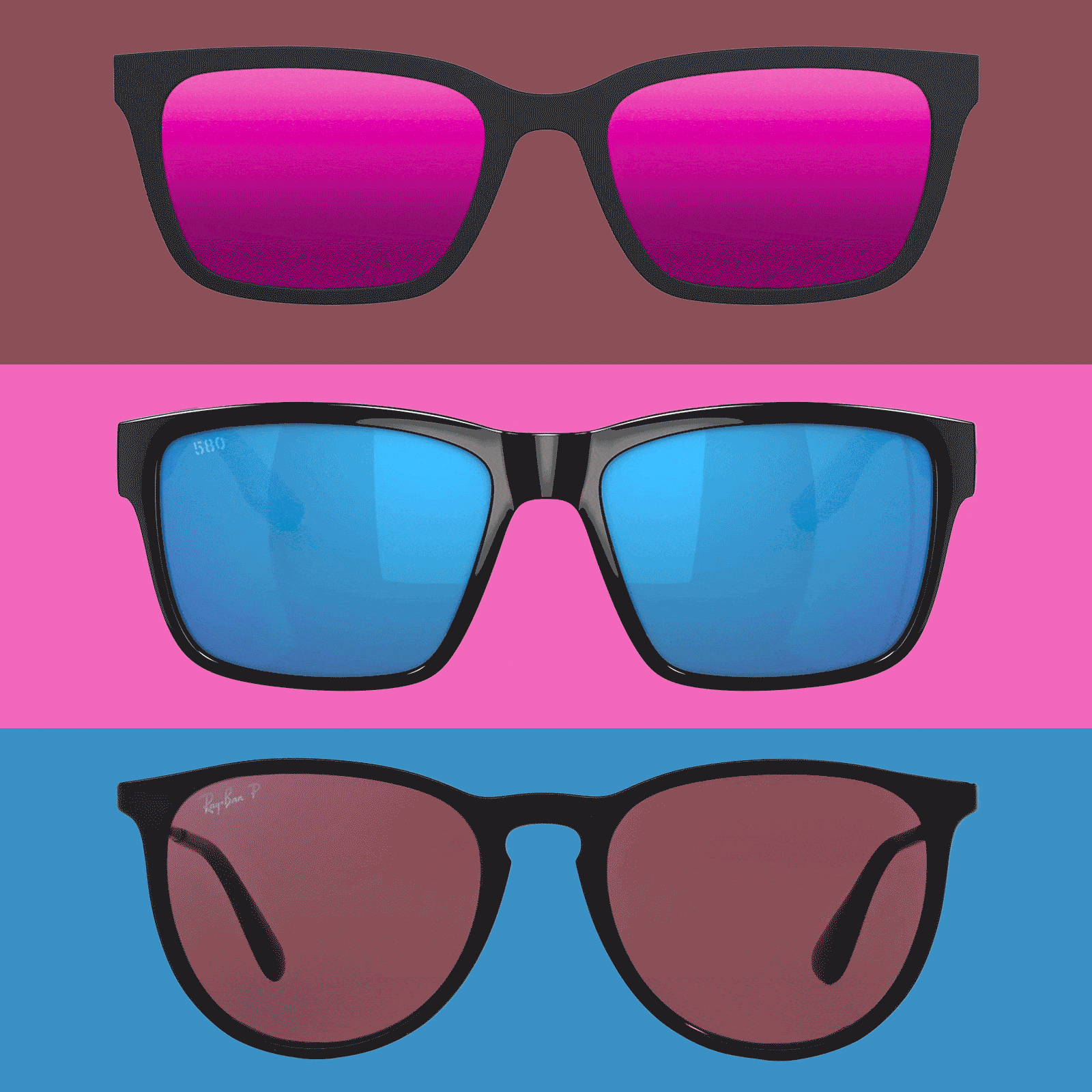

Reduce dangerous glare and eye strain—and look good while doing it—with the best polarized sunglasses.
Our editors and experts handpick every product we feature. We may earn a commission from your purchases.Learn more.

Pros:
Cons:
Whether you’re cruising down the coast or playing volleyball on the beach, Maui Jim’s Stone Shack polarized sunglasses will help you stay on top of your game. These casual glasses feature a lightweight, matte acetate frame with a square silhouette and glass lenses.
Though glass lenses are typically heavier than polycarbonate lenses, these lenses are made with SuperThin Glass which is 32% thinner and lighter than standard glass. They work best in bright, direct sunlight, while still offering the sharpest contrast.
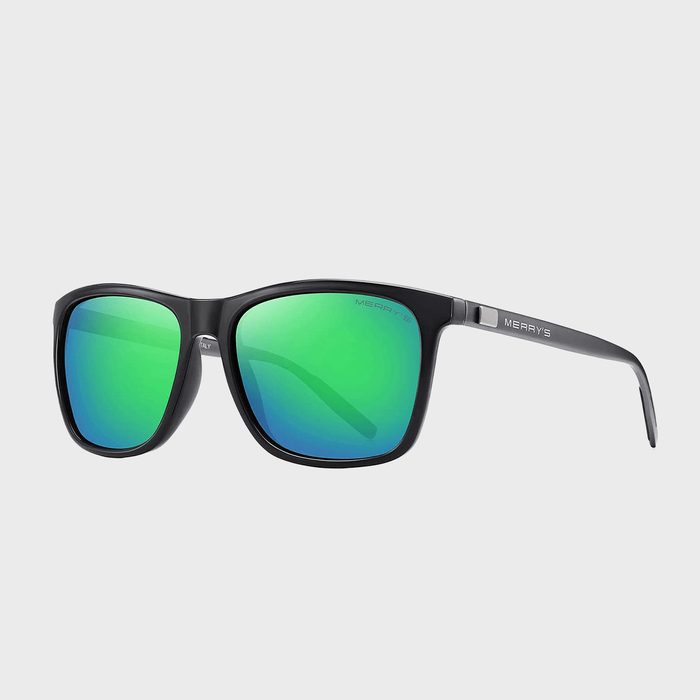
Pros:
Cons:
If you tend to lose or break sunglasses often, then spending top dollar isn’t the best idea. Luckily, you don’t have to, because these Merry’s shades will only set you back $20. These sunglasses on Amazon feature a lightweight plastic frame and aluminum temple as well as polarized lenses that offer full UV protection.
There is a small piece of rubber on the inside of the temple that keeps the glasses from slipping off if you bend over. We think it’s a great feature but found it can easily get stuck in your hair while wearing the glasses on top of your head. Place them on top of your summer hat instead of directly on your head as an easy fix.
The lenses are marketed as shatterproof, so it’s safe to say they’re not glass. Either way, these sunnies are a great option for the price!
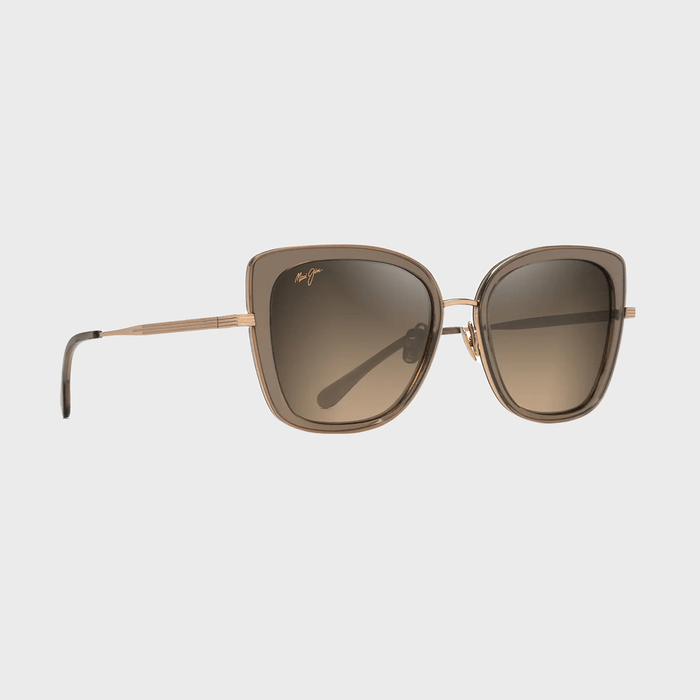
Pros:
Cons:
If your favorite designer shades don’t come with polarized lenses, take them to your local optician and have a pair put in, says Barry Santini, ophthalmic optician, optometrist and owner of Long Island Opticians in Seaford, New York. Don’t want the hassle of dropping off and picking up your old pair? Then treat yourself to Violet Lake sunnies from Maui Jim’s luxury collection.
The Violet Lake sunglasses feature a titanium base frame subtly lined for texture and an acetate rim frame in an oversized butterfly silhouette. Whether you’re dressed to the nines or heading out in swimwear, these glasses will make you feel expensive every time you leave the house. The lenses are made from MauiBrilliant material and are both scratch- and shatter-resistant.
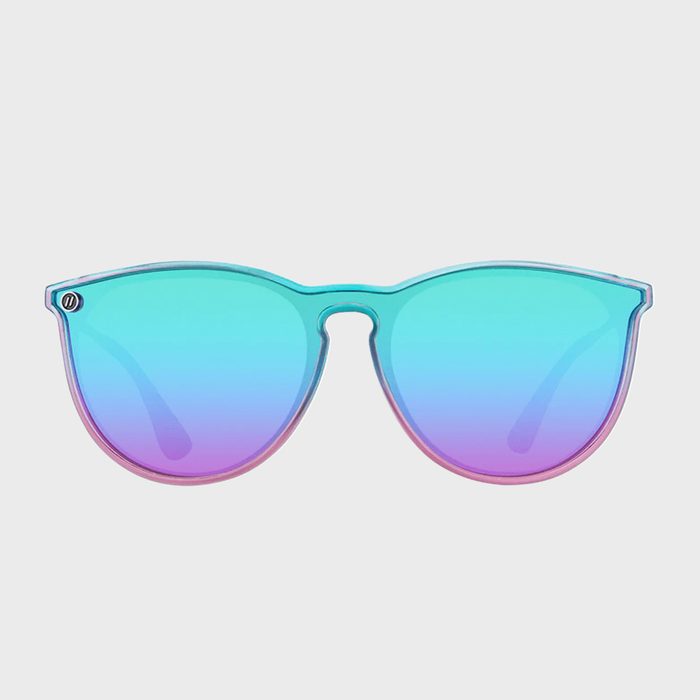
Pros:
Cons:
These colorful Nora Rad shades have oversized acetate frames with iridescent, rainbow lenses that demand attention. While more daring than what we might usually wear, we love the fit and feel of these sunnies that sparkle in the sun. They’re available in a variety of color options, with some frames boasting metal-plated temples.
But know that whichever color you choose, the brand’s new PureBlend polycarbonate, polarized mirrored lenses are included. These lenses are both stronger and lighter than previous lenses offered by Blenders. Not only that, but they also provide 100% UVA/UVB protection and stellar clarity.
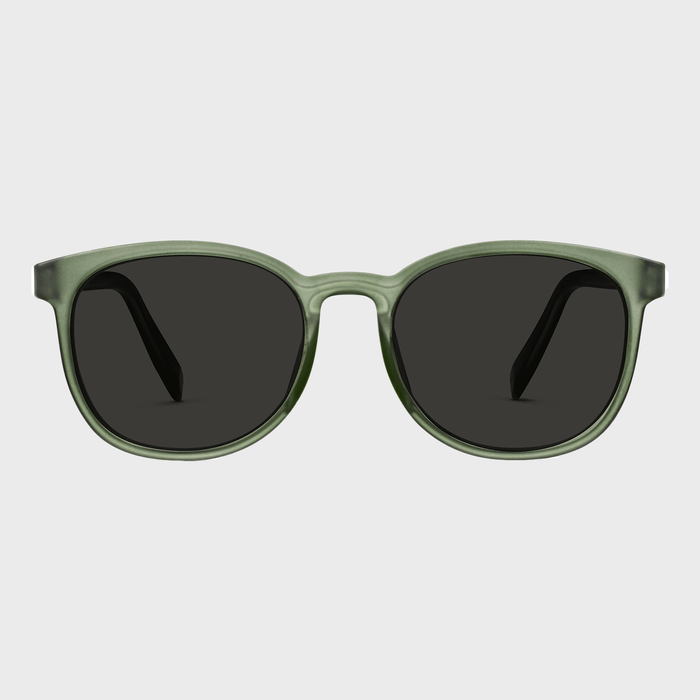
Pros:
Cons:
The best part about shopping for polarized sunglasses at Warby Parker is that their prescription sunglasses (and many non-prescription pairs) come with free polarized lenses. Along with their modern frames, you’ll also get scratch-resistant lenses that block 100% UV rays, and the option to try on up to five pairs at home before picking your favorite for purchase. Picking just one pair is honestly the most difficult part of the shopping experience.

Pros:
Cons:
Want a pair of glasses that have stood the test of time? Look no further than Ray-Ban’s classic Wayfarers. These iconic shades originated in 1952 and have adorned the faces of everyone from the Duchess of Cambridge to David Beckham.
Since they’re made from a glossy acetate and feature high-quality, scratch-resistant glass lenses, it’s no wonder they’re one of the most popular styles. The lenses also block 100% of UV rays and prevent eye strain. They’re so sought-after that you may not be the only one toting them around in your beach bag this season.
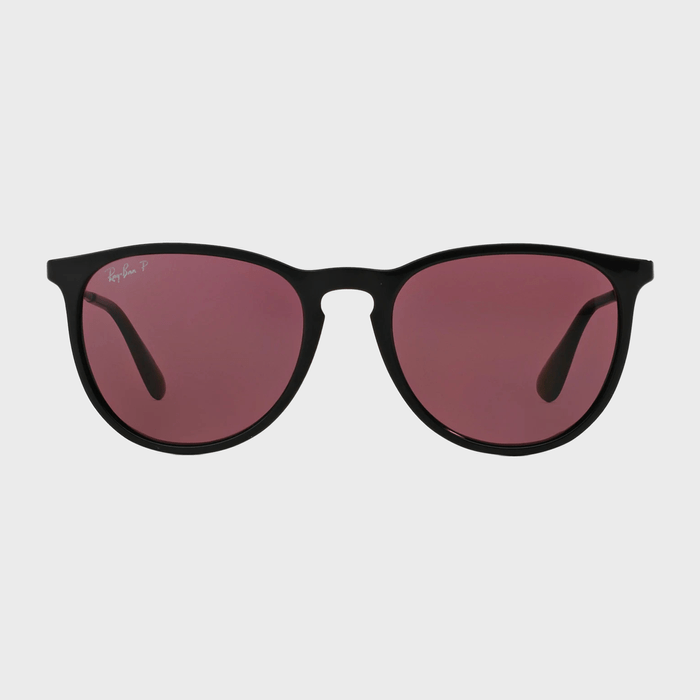
Pros:
Cons:
Finding the best polarized sunglasses online is easy with GlassesUSA—especially if you need a prescription. The online glasses company launched an FDA-listed app powered by patented technology that requires only a smartphone, computer screen, card for measurement (like a credit card) and current glasses. Once you have your prescription handy, upload a photo of yourself to see how your face looks in any of their polarized sunglasses options.
They feature designer names like Prada, Hugo Boss, Ray-Ban and Oakley. Moreover, you can likely use your FSA to buy prescription polarized sunglasses.

Pros:
Cons:
When hitting the field you’ll want something that offers clarity, durability and comfort. These Oakley Batwolf sunglasses check all the boxes. The lightweight O Matter frame features a three-point fit, which means that although the glasses wrap around your head, the only points of contact should be at the nose bridge and behind the temples.
A single continuous plastic lens blocks 100% of all UVA, UVB, UVC and harmful blue light rays. We still recommend applying sunscreen beforehand for ultimate outdoor protection.
Before you start shopping, know your budget. Santini warns that quality glasses will not be inexpensive. That being said, a cheap pair will still get the job done and help you look put together even in flip flops. So if you’re hard on glasses or have a tendency to lose them, opt for a pair that won’t break the bank.
Next, you’ll also want to think about purpose. Are you looking for a stylish pair that complements a beach cover-up or something activity-specific? For instance, athletes may want sunglasses with a wrap fit as opposed to something super stylish that can slide off during wear.
Once you’ve selected your frames, it’s onto lenses. Some brands offer a choice between glass or polycarbonate lenses. Santini calls glass lenses the high standard. Glass lenses offer the best clarity and won’t scratch or warp. Polycarbonate lenses, on the other hand, are more impact-resistant, meaning they won’t shatter if dropped, making them the better option for active individuals.
As shopping experts, our only job is to help you find a winning product. We start with the research and reporting basics—what products are made of, what they look like and how much they cost—to ensure that we’re only recommending the buys that are worth your time and money. Then, we research the features that speak to the product’s quality, taking advice from industry insiders and subject matter experts on what makes a product a smart value (or worthy of a splurge). Finally, we do the work of combing through user reviews to see how real people interact with the product, and if it stands up to the test.
When it comes to sunglasses, there are plenty of options out there. And while most of them will provide some degree of UV protection, polarized lenses also protect against glare and eye strain. Unlike regular lenses, polarized lenses have a special chemical applied to them that filters out light, according to the American Academy of Ophthalmology. That filter absorbs incoming horizontal light waves, which our eyes perceive as glare, and only lets in vertical light, giving you better contrast and clarity.
You may have noticed that polarized sunglasses are more expensive than non-polarized versions. But are they worth the extra money? The broad brush answer is yes, according to Santini. The fact that they eliminate glare and provide you with clearer, more accurate vision makes polarized sunglasses a worthwhile investment.
Polarized sunglasses may not be for everyone. Santini notes that certain people are sensitive to polarization. Such individuals may experience a 3-D effect as well as dizziness or nausea while wearing polarized sunglasses. If you fall into this category, then you may need to replace your sunglasses with a non-polarized option.
Sources:
Additional reporting by Megan Wood